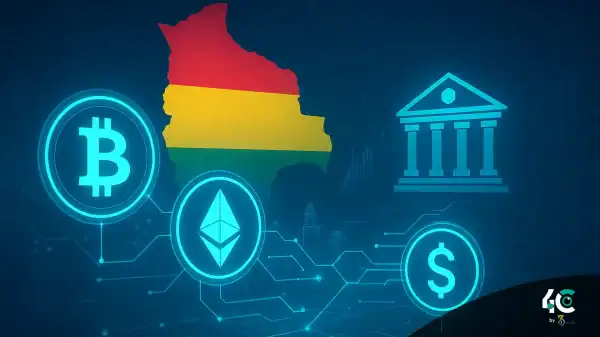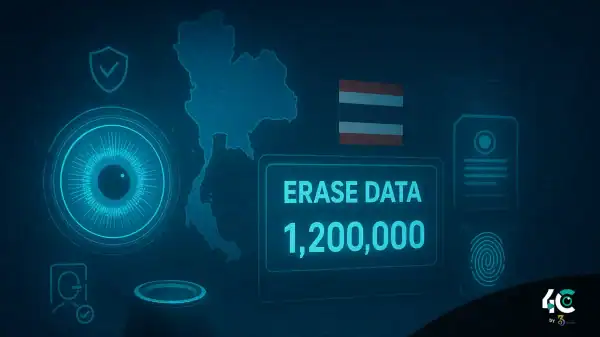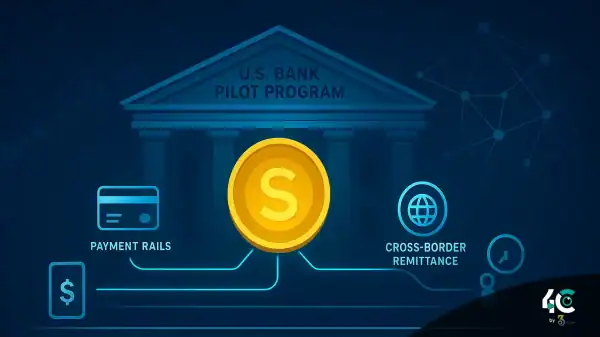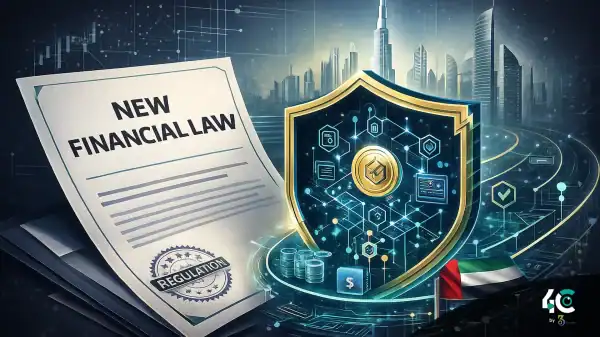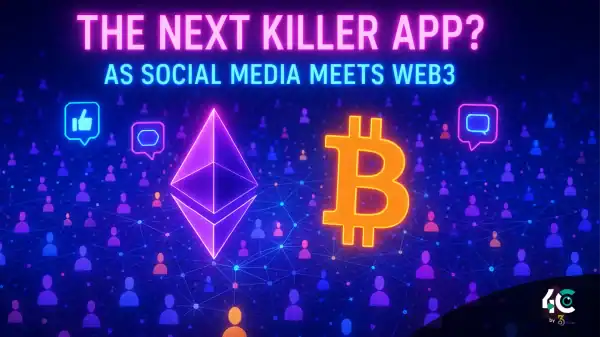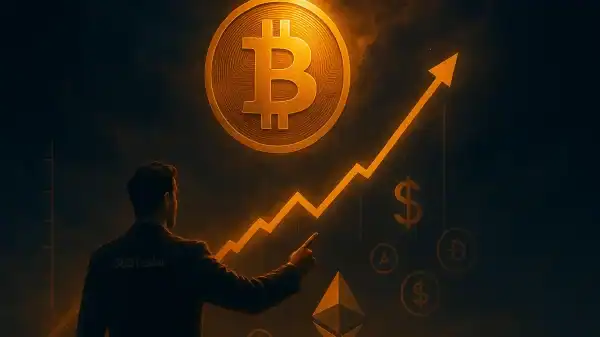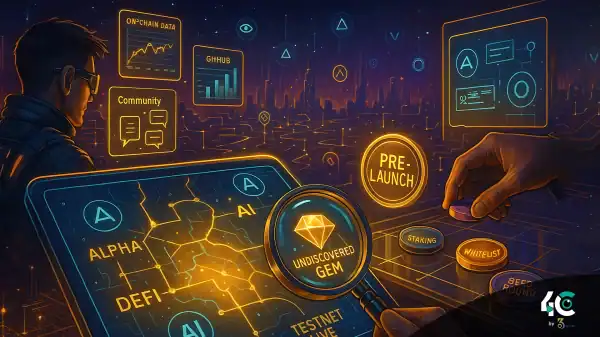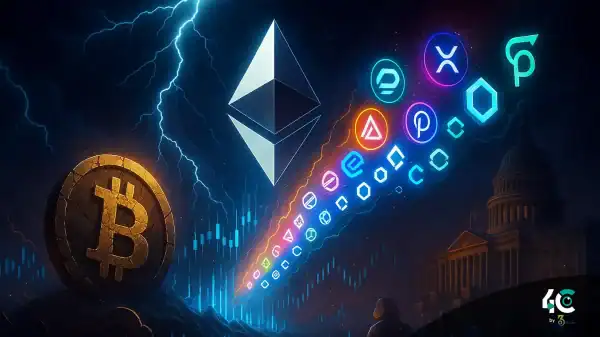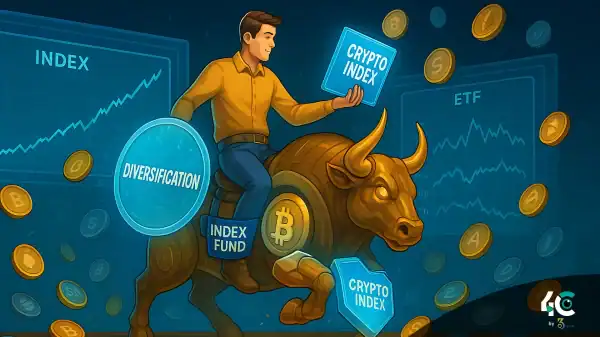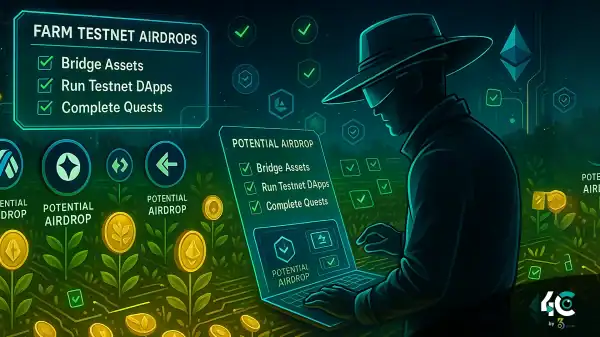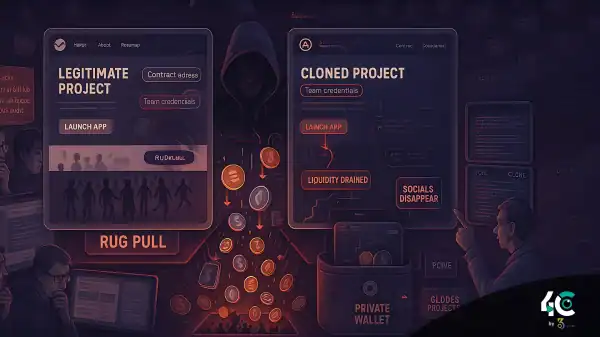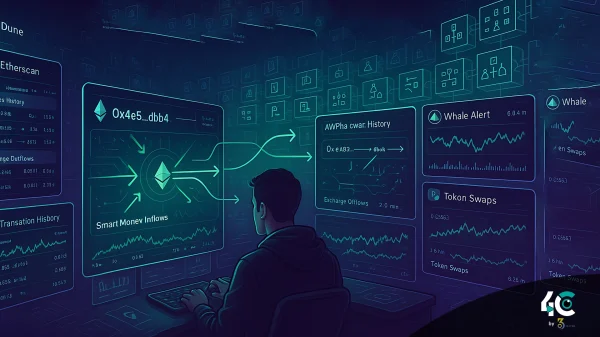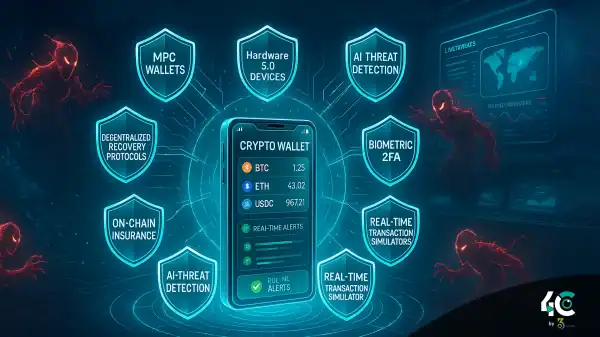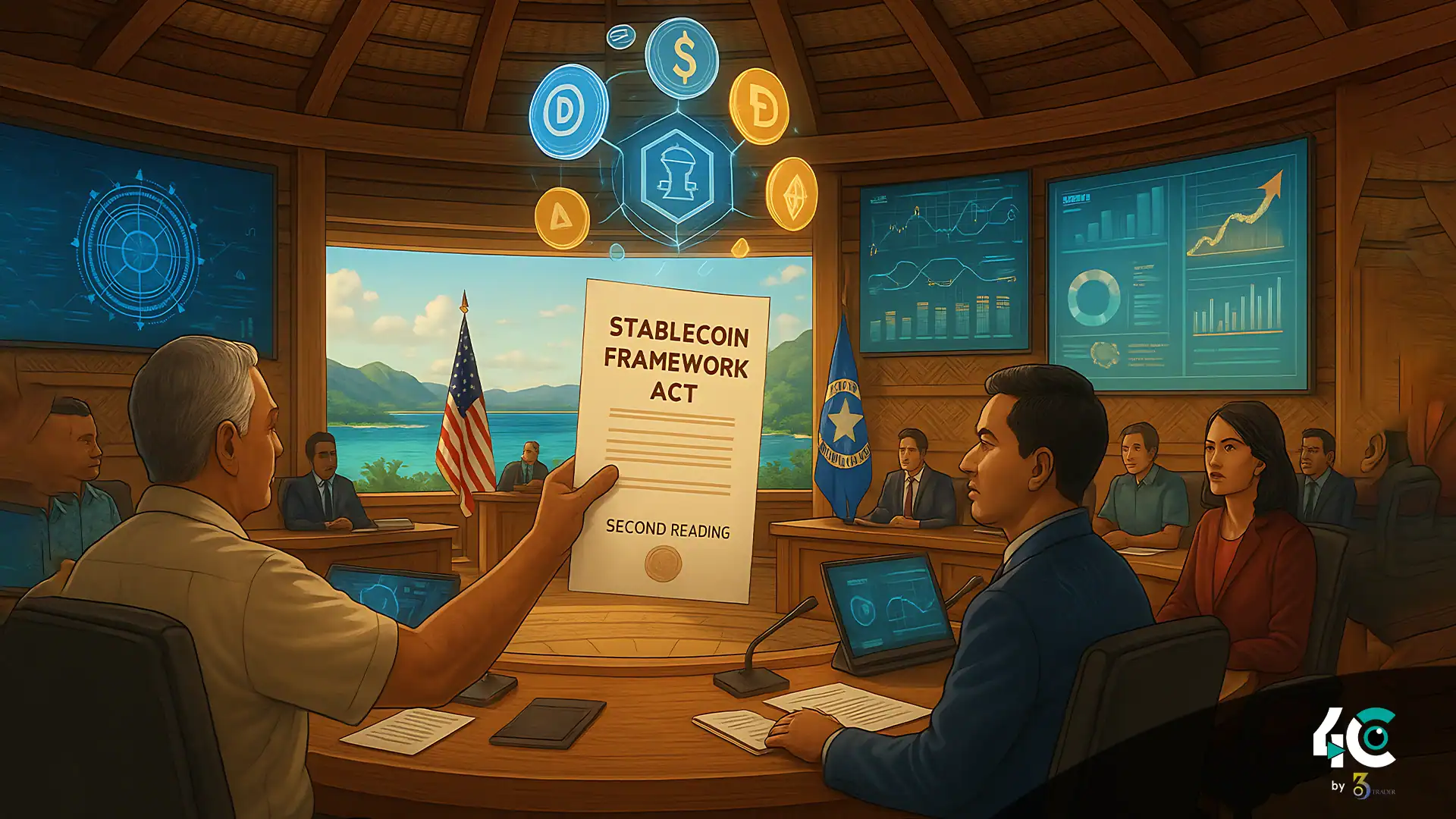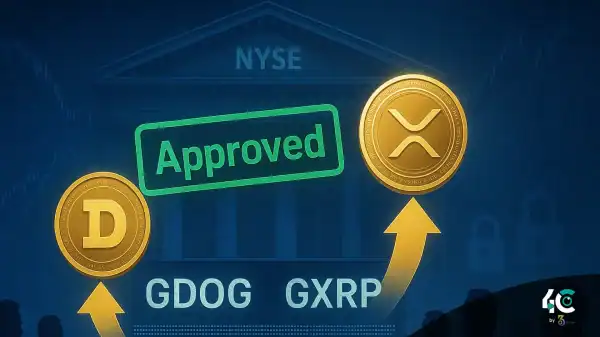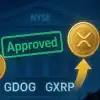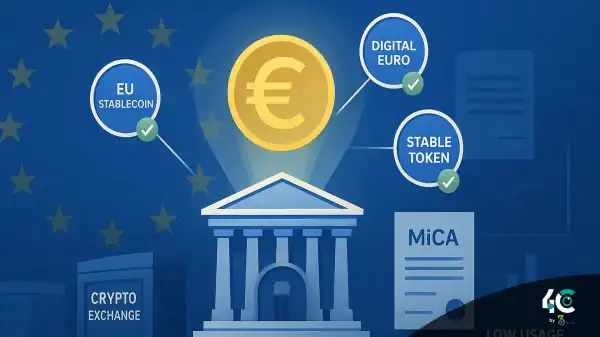The Tinian stablecoin SOLID initiative has been revitalized following the Northern Mariana Islands Senate’s decision to override Governor Arnold Palacios’ veto. This legislative move brings Tinian closer to issuing its digital currency, aiming to bolster the local economy and position the island as a pioneer in governmental stablecoin adoption.
Tinian is making an interesting move to become a jurisdiction that issues a stablecoin
The idea of Tinian becoming the first U.S. jurisdiction to officially issue a stablecoin is back on the table. On May 9, the Senate of the Northern Mariana Islands voted 7-1 to override the veto earlier made by Governor Arnold Palacios. This ruling has reinvigorated Tinian’s ambitions for the “Marianas USD (MUSD),” a stablecoin fully backed by cash and U.S. dollar-denominated securities. Treasury securities are located in the municipal treasury on the island.
If the House of Representatives manages to vote for the bill with a supermajority of 2/3, Tinian would be able to license internet-based casinos and develop its stablecoin using eCash blockchain. Marianas Rai Corporation, a local tech firm based in Saipan, will manage the project.
Tinian, with about 2000 residents, can be the first place to use digital tokens and shows how small jurisdictions can use this tech.
Why Tinian Wants a Stablecoin
Tinian delivered a smart and lobby-proof piece of legislation that will allow the issuance of a locally backed stablecoin and the establishment of its digital wallet. For many years, the island has relied heavily on tourism for revenue. The pandemic reaffirmed the importance of an alternative approach.
King-Nabors said, “This Is Not Just Gambling.” “It’s about creating economic opportunities in a way that does not disrupt the environment or compete with other land users.”
The MUSD (Marianas USD) project involves finding ways to invest in our community, grow technology, and create a safe digital currency for online transactions. Tinian will use blockchain technology to upgrade its financial infrastructure to compete globally.
Concerns and criticisms
Not everyone is convinced. Senator Celina Babauta was the only one to vote against it and expressed doubts that Tinian could regulate internet gambling and digital currencies.
Can we follow the rules of the federal law?” Babauta asked. She also questioned whether relying heavily on gambling is a sustainable long-term strategy for an economy.
Babauta worries that such a small jurisdiction will not handle the stablecoin issuance and oversight matter suitably. Potential conflicts with federal rules could also create issues with the legality of Tinian’s plans under U.S. law.
A Race for Innovation
While Tinian remains resolute, competition elsewhere is heating up. Wyoming is also trying to release its stablecoin this year and is pushing for more blockchain-friendly US states.
The stakes for Tinian are significant. If this were to succeed, it may transform the island into a center for digital currency innovation, tech-savvy investors, and entrepreneurs. If an untested venture fails, the community may have to pay for the costs.
What’s Next? The Final Hurdle
The bill goes to the House of Representatives, where it will need a two-thirds majority to become law. If successful, Tinian will be the first jurisdiction to issue the Marianas USD, which may lead the way for other small jurisdictions to pursue digital currencies.
All eyes are focused on Tinian as the debate unfolds. Can this small island in the Pacific battle a crisis and become a leader in stablecoins? Or will the risks outweigh the rewards?
The approach taken in Tinian reflects the growing intersection of technology, money, and government and shows how even small communities can lead the way in the evolution of money.
Conclusion: A digital currency adoption test case
Tinian has revived its plans for a stablecoin, and this is not just a local effort. It’s a test case for how smaller jurisdictions can use blockchain for economic growth. Despite the many challenges, Tinian may inspire other jurisdictions to innovate in the future.
With the House poised for action, the world eagerly anticipates Tinian’s potential to become a trailblazer in the realm of digital currency innovation.


